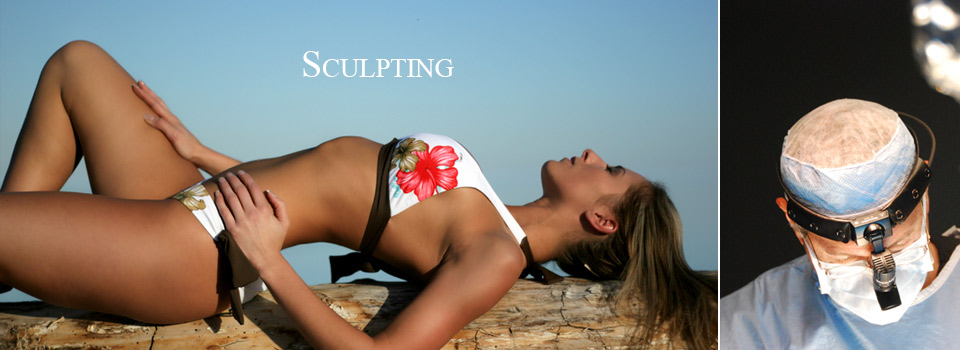Posted: June 10, 2014
One of the potential breast augmentation complications that can arise after your procedure is breast implant rippling. This occurs when wrinkles develop in the implant, creating a rippled appearance in your breast. The good news is that rippling is only noticeable in a small number of breast augmentation patients; however, there is always a risk that this might occur.
Breast implant rippling can develop due to a variety of factors, including:
- The amount of natural breast tissue you have
- The type of breast implant used in your procedure
- The breast implant placement option you choose
In general, the less natural breast tissue you have, the more likely for rippling to show through. Therefore, women with less natural breast tissue are more prone to implant rippling than women with a fair amount of natural tissue. When designing your customized breast augmentation plan, Dr. Corey will take this factor into account and adjust other aspects of your procedure accordingly.
If you have minimal natural breast tissue, you may want to avoid choosing saline breast implants, since they are more likely to ripple than either the silicone gel or newest gummy bear implant options. Silicone implants have a thicker density and viscosity than saline implants, making them a better option to reduce rippling. However, if you are very petite and lean, Dr. Corey may recommend the latest version of the gummy bear implants. These are made out of an even more cohesive silicone gel that remains much firmer and is least likely to ripple.
In addition, submuscular breast implant placement (under the muscle) will help reduce your likelihood of rippling compared to subglandular placement (above the muscle). For women with a small amount of natural breast tissue, Dr. Corey will typically recommend submuscular placement to ensure beautiful results.
If you are interested in breast augmentation, please contact Dr. John Corey today to schedule a consultation at our Scottsdale plastic surgery office.





